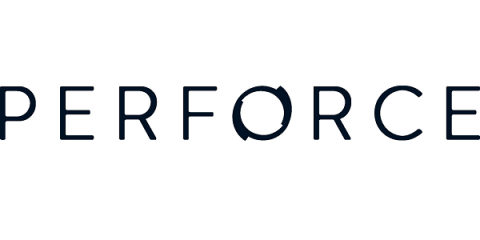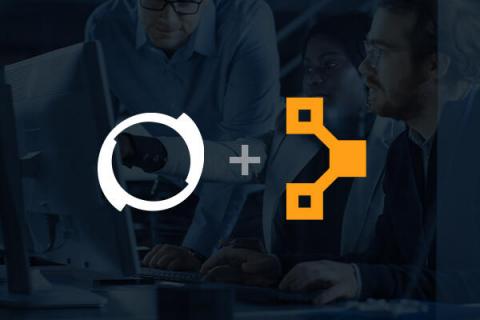Cloud vendor's MLOps or Open source?
If someone had told my 15-years-ago self that I’d become a DevOps engineer, I’d have scratched my head and asked them to repeat that. Back then, of course, applications were either maintained on a dedicated server or (sigh!) installed on end-user machines with little control or flexibility. Today, these paradigms are essentially obsolete; cloud computing is ubiquitous and successful.











